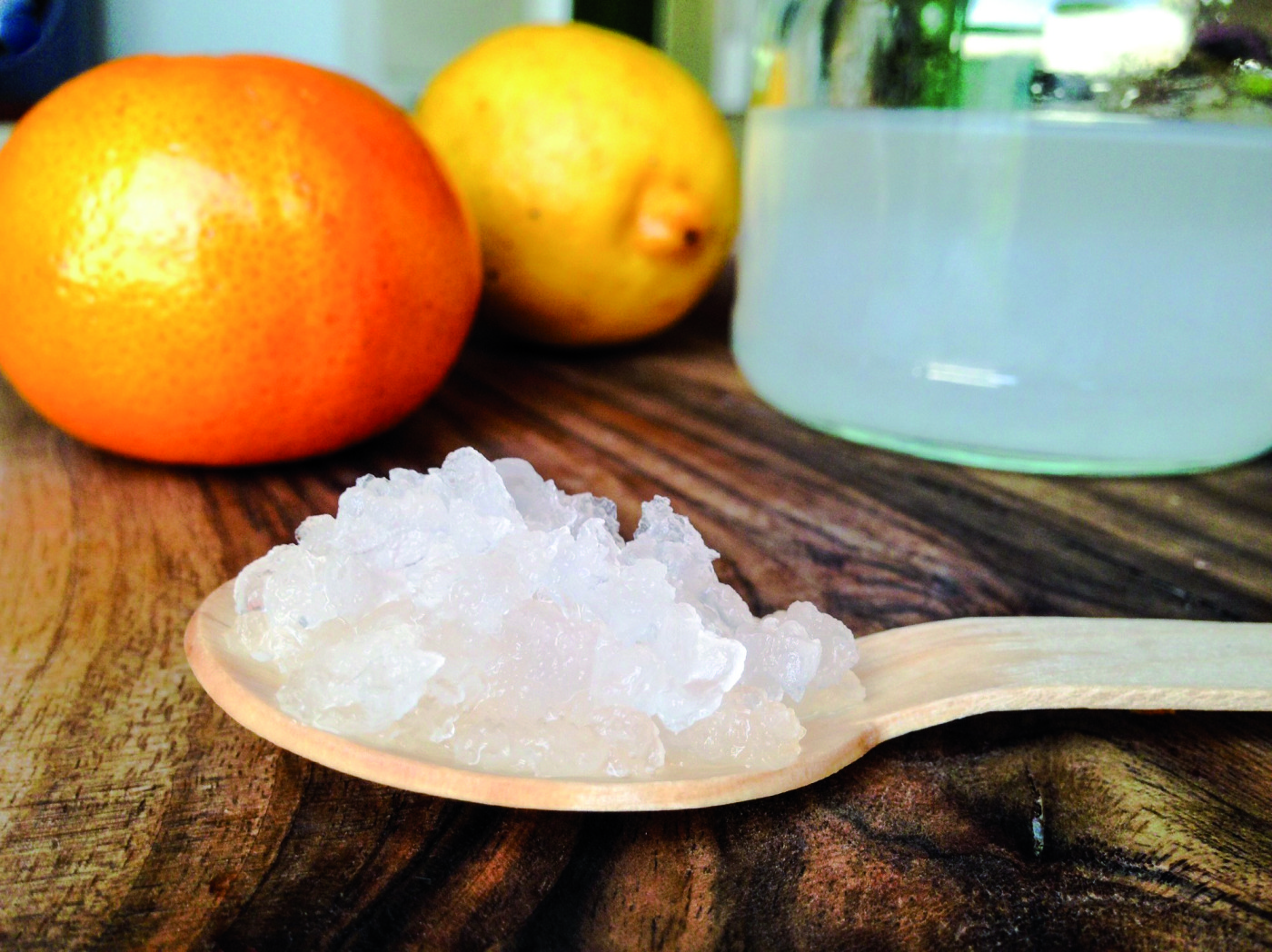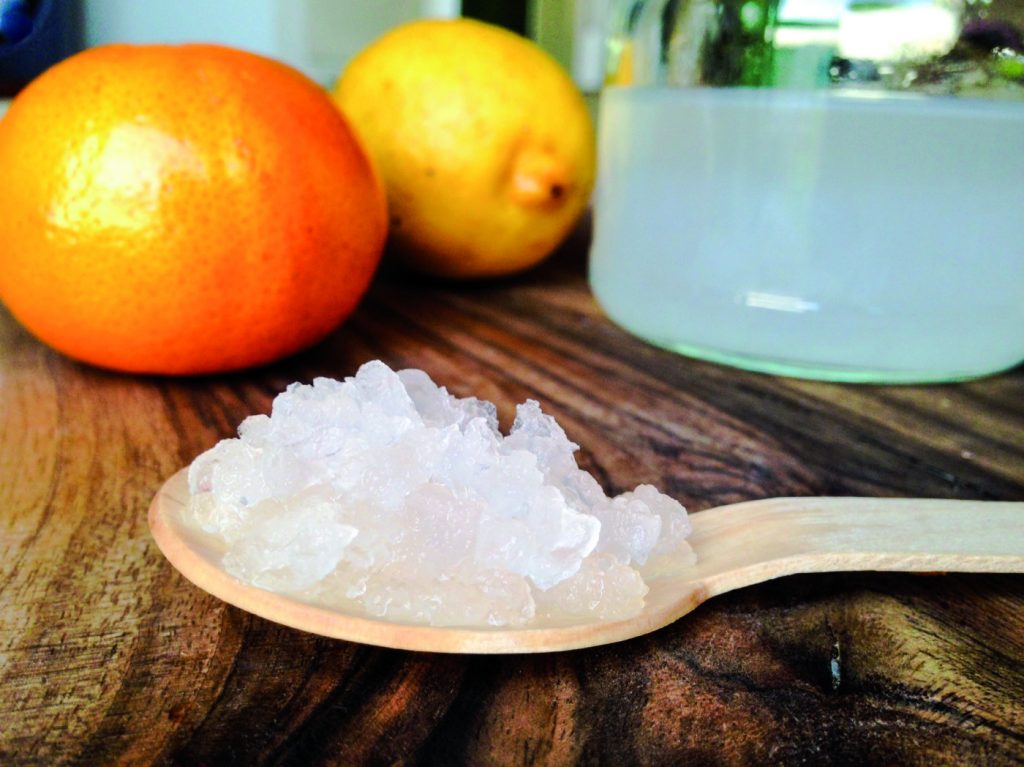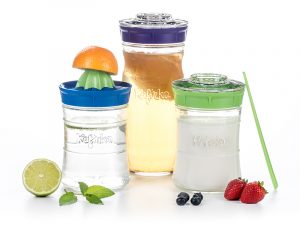Kefir grains or starter culture?

Kefir as a fermented dairy drink requires bacteria and other cultures in order to ferment. Fermentation is a natural metabolic process where sugar is turned in acid, gas and alcohol. It occurs in yeast and bacteria. In specific case of kefir we need to introduce yeast and bacteria into the milk with help of kefir grains. Alternatively, culturing can also be performed with starter culture – lab made powder – which will introduce needed cultures in order to trigger fermentation process. But which to choose?
How to choose one?
There are many differences, from how kefir preparation is done to actual benefits of the end product. Most importantly grains in comparison to starter culture consist or far more bacterial strings
Generally speaking, powdered kefir starter has 7 to 9 strains depending on the particular brand of starter. Milk kefir and water kefir grains contain a long list of bacteria and yeast strains and subspecies, making grains the more probiotic-rich culture for making kefir. – Cultures for Health
Fermentation with grains is traditional natural process and therefore produce better results. There is also difference in how we use each. Kefir grains are introduced in the milk before fermentation and can simply be removed after (12 to 48 hours later). From there, we can use them to ferment a new batch of kefir. With enough care (and love) we can produce kefir indefinitely. Additionally, we can gift many happy relatives and friends with kefir grains as they multiply.
You add Starter Culture to milk and stir it. Then leave mixture to ferment for desired amount of time. At the end, we can use directly the kefir. If you wish to maximize the use of one starter package, you can save small portion of kefir and use it to culture next batch. This will only work up to 4 or maybe 5 times (depending on the brand) before the bacteria get too weak.
Kefir grains are a living culture
Looking back, kefir grains seem far better option, however, they’re are a living culture and need to be well taken care of. This in ideal state means you ferment constantly, one jar after another. This way grains are in their preferred environment, feeding on lactose in the milk. You can store them for weeks on time in the fridge, with some milk, however, this might damage or weaken them. Some also freeze their grains, to preserve them during long off periods.

Grains for kefir are very easy to obtain. Many users online will offer them to you for free as they quickly multiply. Beside many online communities there is also online platform Kefirhood (www.kefirhood.com), which enables you easy search between people who can share their grains with you. Many will gladly send them to you worldwide, however, long distance travel is difficult for live culture.
In conclusion, we highly recommend live kefir grains, preferably from someone who took good care of them. Healthy start with produce fantastic probiotic beverage. Whenever you are asking for grains or are buying them, check where they come from and with what type of milk were they used.
Happy Kefir making with Kefirko!
Sources:
http://greatfermentations.net/wp-content/uploads/2014/05/Kefir-Grains-vs-Kefir-Starter-Culture.pdf
Wikipedia: Fermentation and Kefir
Get Water kefir grains here.
Get Milk kefir grains here.
And get Kefirko kefir fermenter here.







